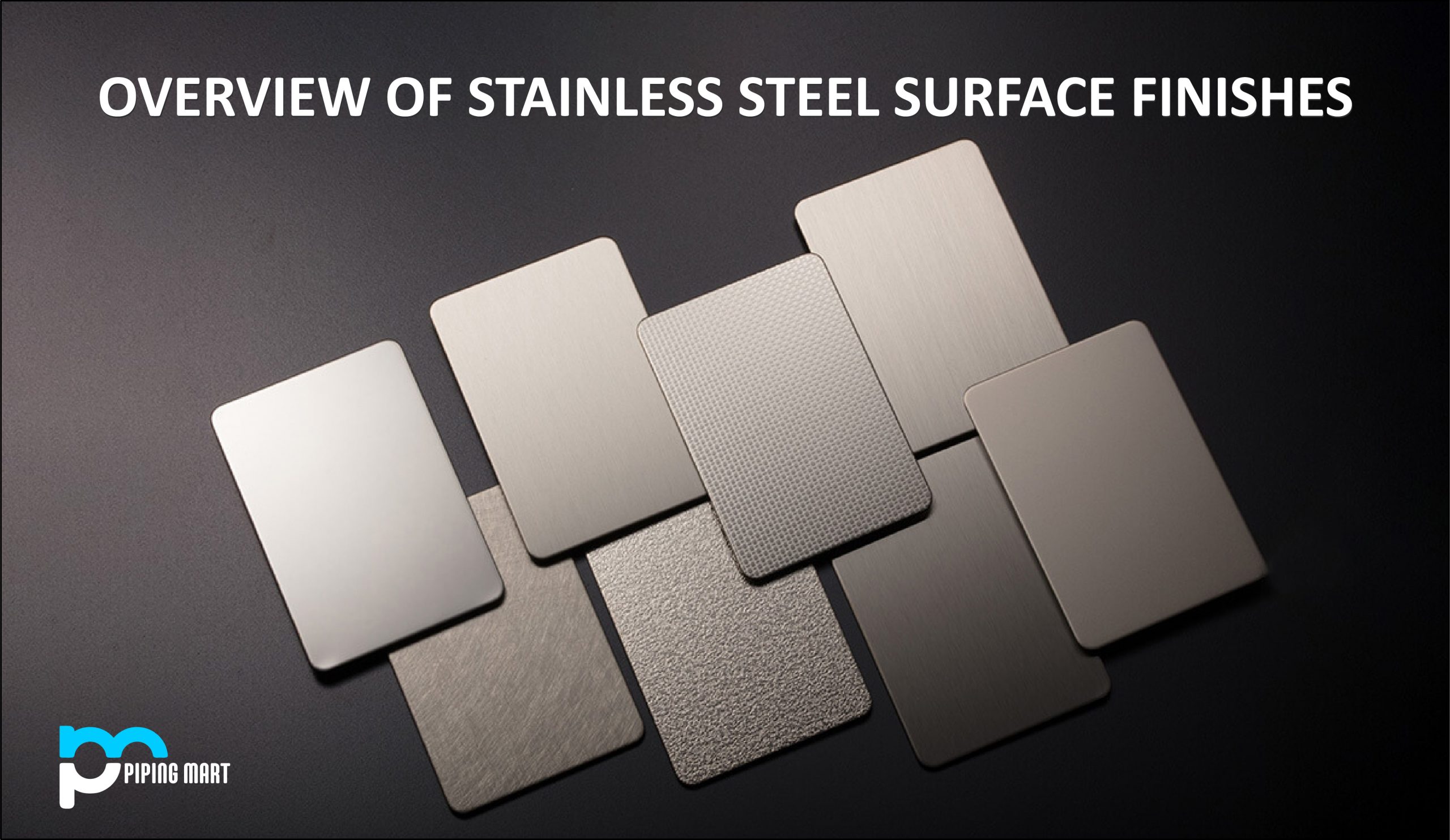Tin plating and silver plating are two popular forms of metal plating used for a variety of purposes. From protecting metals from corrosion to providing decorative finishes, both tin and silver plating can be used to improve the look and durability of many materials. Let’s dive into the differences between these two forms of metal plating.
What is Tin Plating?
Tin plating is a process by which a thin layer of tin is applied to the surface of another metal. The most common method for achieving this involves dipping the material in an electrolytic bath containing tin ions and then passing an electric current through it. Tin provides excellent protection against corrosion, making it ideal for use in electronics, connectors, switch contacts, fasteners, automotive components, and other items exposed to moisture or chemicals. It also has good solderability properties, making it a great choice for electrical components that need to be soldered together. However, tin is relatively soft compared to other metals, such as steel or aluminium, so it cannot be relied upon for structural strength alone.
What is Silver Plating?
Silver plating involves applying a thin layer of pure silver onto the surface of another metal. This process can also be performed using an electrolytic bath with silver ions suspended in it; however, silver can also be deposited onto the surface by electroless methods where no electricity is required. Silver offers superior corrosion resistance than tin, but its high cost means that it is usually only employed when very precise applications are needed—for example, aerospace parts or medical instruments where extreme precision is required—or when aesthetics are necessary, such as jewellery or dining ware sets. Silver also has good thermal conductivity properties, which make it useful in heat exchangers or electric motors where heat dissipation needs to be maximized.
Difference Between Tin Plating and Silver Plating
- Tin plating is less expensive than silver plating.
- Tin plating is more durable than silver plating.
- Tin plating is less conductive than silver plating.
- Tin plating is more corrosion-resistant than silver plating.
- Tin plating is more solderable than silver plating.
- Silver plating is more aesthetically pleasing than tin plating.
Conclusion:
In conclusion, both tin plating and silver plating offer unique benefits depending on their application. Tin is more cost-effective than silver, so it’s best suited for general-purpose projects where aesthetics aren’t important, but corrosion resistance is needed – like connectors, switch contacts or automotive components – while precious metals like silver should be used when precision and good looks are key factors – like jewellery or medical instruments – or when thermal conductivity matters – like heat exchangers or electric motors. Understanding these differences will help you choose the right type for whatever project you have in mind!

Abhishek is a seasoned blogger and industry expert, sharing his insights and knowledge on various topics. With his research, Abhishek offers valuable insights and tips for professionals and enthusiasts. Follow him for expert advice on the latest trends and developments in the metal industry.




